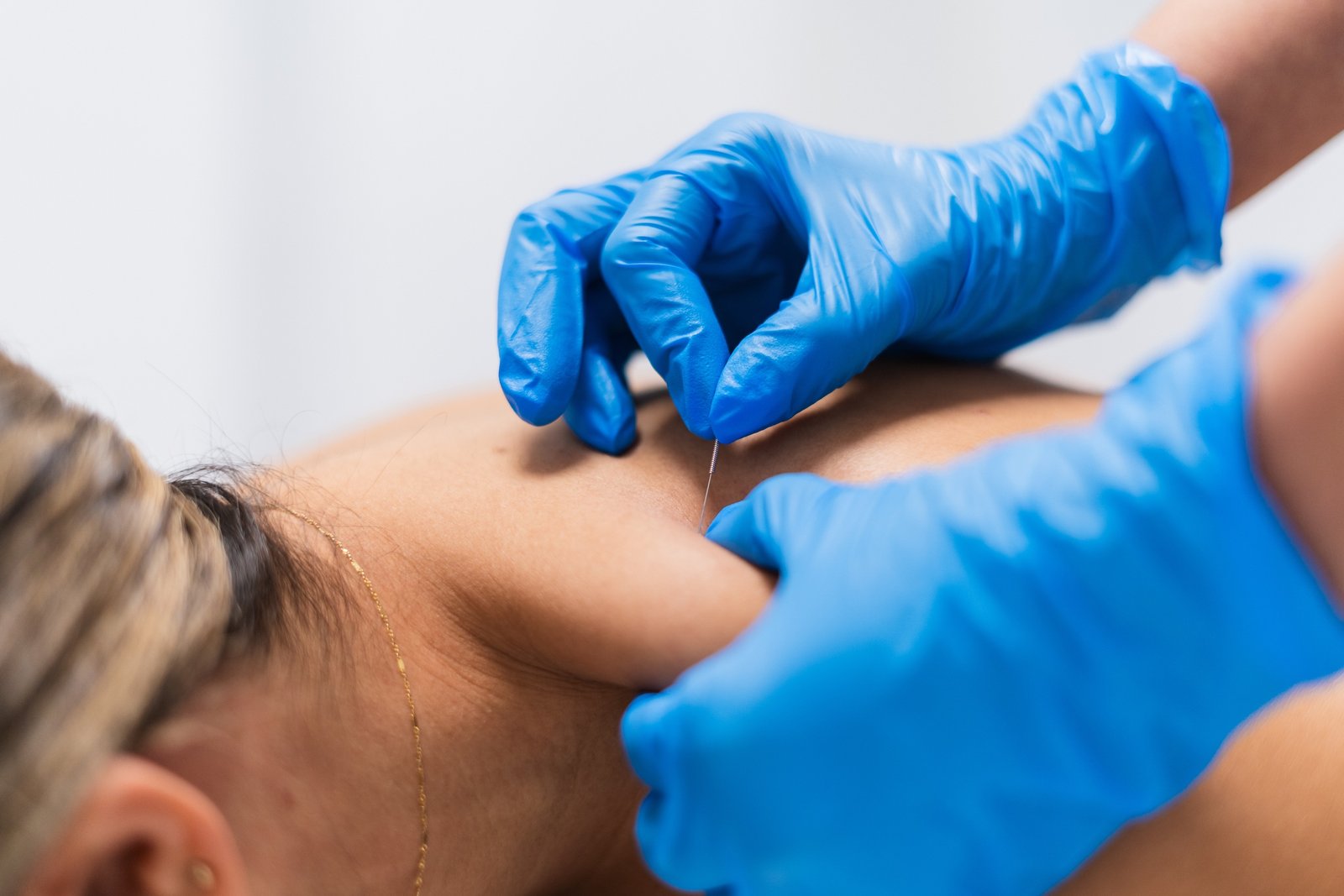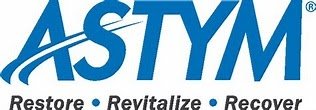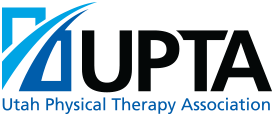
Many people hear about dry needling and wonder: “Isn’t that just acupuncture?” While the two treatments use similar tools, they come from very different backgrounds and are used in different ways.
At our clinic, we offer dry needling as part of a comprehensive physical therapy plan to reduce pain, restore mobility, and help patients get back to doing what they love. Here’s what you need to know.
What Is Dry Needling?
- Dry needling is a modern treatment performed by physical therapists.
- It targets trigger points—tight bands of muscle that can cause pain and limit movement.
- A very thin, solid needle is inserted into the muscle to release tension, improve blood flow, and reduce pain.
Dry needling is not a stand-alone cure, but when paired with exercise, stretching, and hands-on therapy, it can speed up recovery.
What Is Acupuncture?
Acupuncture is a treatment rooted in Traditional Chinese Medicine (TCM).
Needles are placed at specific points along the body’s meridians to restore balance to the body’s energy, or Qi.
It’s often used to treat a wide range of conditions—pain, stress, digestive issues, sleep problems, and more.
Acupuncture is performed by licensed acupuncturists with specialized training in TCM.
Are They the Same Thing?
No. While both use very fine needles, the purpose, training, and philosophy behind them are different.
Similarities:
- Both use thin, solid needles.
- Both can help relieve pain.
- Both are safe when performed by trained professionals.
Key Differences:
- Dry Needling: Focused on muscle trigger points and movement problems. Grounded in Western medicine.
- Acupuncture: Focused on restoring energy balance. Based on Traditional Chinese Medicine.
- Providers: Dry needling is performed by physical therapists (where state law allows). Acupuncture is performed by licensed acupuncturists.
Who Is Dry Needling Right For?
Dry needling may be a good option if you have:
- Muscle pain or knots that don’t seem to go away
- Stiffness or reduced range of motion
- Sports or overuse injuries
- Headaches or neck/back pain related to muscle tightness
At our clinic, we often combine dry needling with:
- Therapeutic exercise
- Manual therapy
- Education on posture and movement
This way, we’re not just treating the pain—you’re also learning how to prevent it from coming back.
What Does It Feel Like?
The needle is very thin—much thinner than what’s used for injections. You may feel a quick “twitch” in the muscle or a deep, dull ache. Soreness for 24–48 hours is normal, and most people describe it as feeling like they had a good workout. Relief often comes quickly, though lasting results are best with multiple sessions and a full therapy plan.
Is It Safe?
Yes, when performed by a trained physical therapist. We use sterile, single-use needles and follow strict safety protocols. Side effects are rare and usually mild (soreness, small bruising).
Conclusion
So, is dry needling the same as acupuncture?No. They may look similar on the surface, but they’re rooted in different traditions, target different things, and are used in very different ways.
At our clinic, dry needling is just one of the many tools we use to help you:
- Reduce pain
- Restore movement
- Get back to doing what you love
If you’re curious whether dry needling is right for you, reach out—we’re here to help guide you through every step of your recovery.
Don’t wait any longer to enjoy eating, talking, and living!




